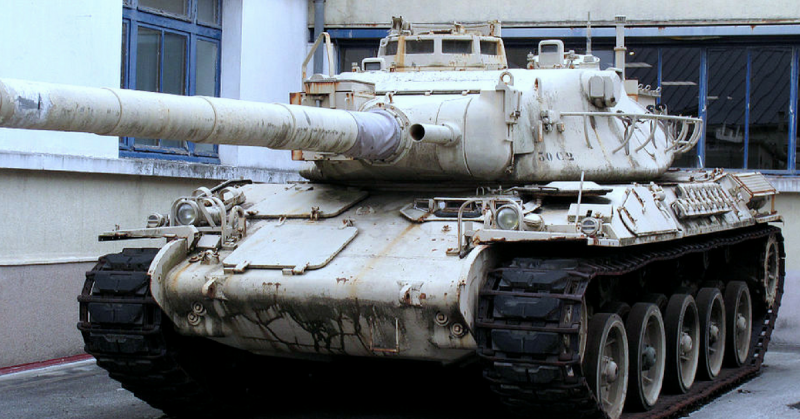Renault FT-17 Light Tank
Designed in 1916 and first sent into action in 1917, the FT-17 was France’s second ever serving tank. A narrow armored box, it had only two crew – the driver and the commander/gunner. Its weapon was mounted in the first tank turret with 360° traverse. At first, that weapon was just a single machine gun, though a 37mm gun replaced it in later models.
Despite its light armor and its age, 1,600 of these tanks were in service in France in 1940. After the country fell, the Germans used them for internal security.
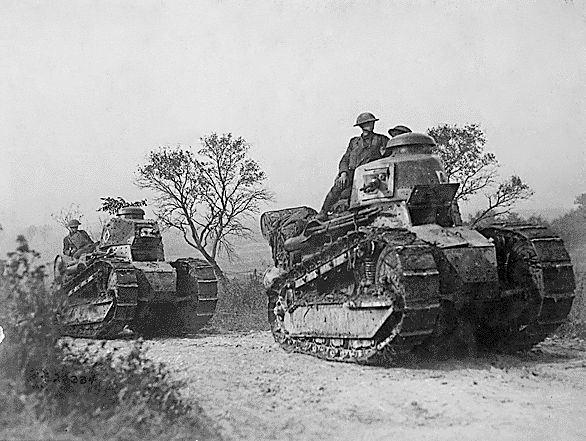
Saint Chamond Assault Tank
Another First World War design, the Saint Chamond combined the hull and suspension of a Holt tractor with a long armored box, a 75mm gun, and four machine guns. Though heavily armed, it was often ineffective due to its unreliable transmission and a tendency to get stuck crossing trenches. 400 were made before the design was abandoned.
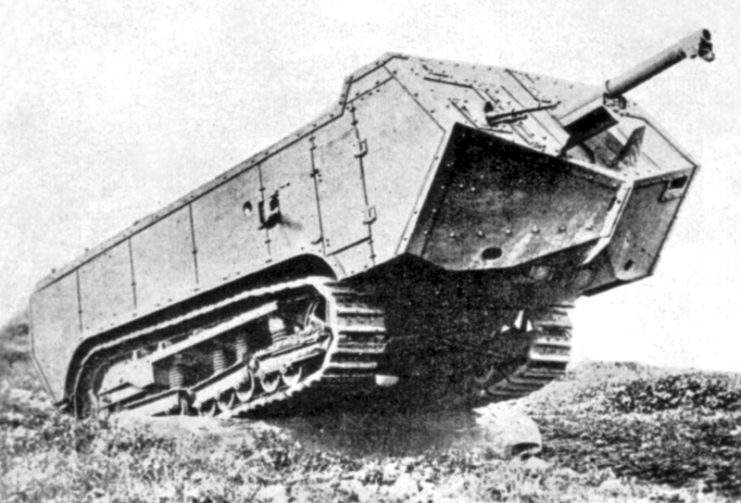
Char 2C Heavy Tank
The Char 2C was designed late in the First World War. A long, heavy tank, it was meant to smash through enemy defenses and across trenches, creating the breakthroughs that both sides craved.
The tank was difficult to maneuver as well as having poor suspension and slow speed. With its heavy gun, it might have made a useful contribution to the war, but it never reached the front before the fighting finished.
The small number of Char 2Cs produced in 1919 were still in service in 1940. They were robbed of their chance to finally see action, as the Luftwaffe bombed the train taking them to the front early in World War Two.
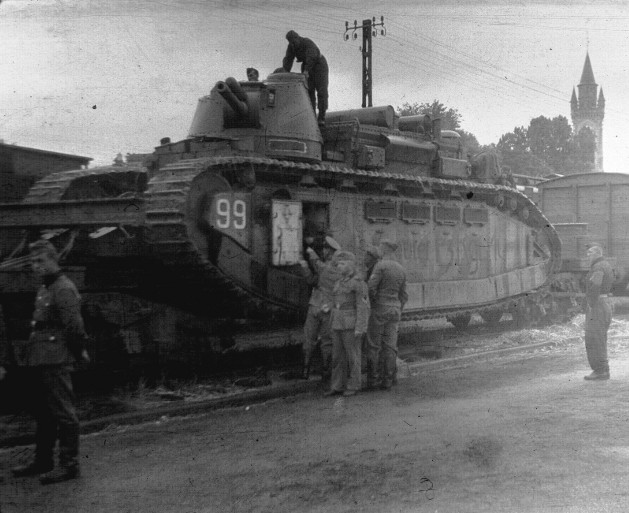
Hotchkiss H-35 and H-39 Light Tanks
Between the wars, the French military focused on fielding large numbers of light tanks. The results included the similar Hotchkiss H-35 and H-39s. These carried a 37mm short-barreled gun and coaxial machine-gun in a turret mount.
The H-39 had tougher armor and a more powerful engine than the H-35, but neither proved impressive against the German invasion of 1940. The Germans converted many of the captured tanks into self-propelled guns and ammunition carriers, though a few fought on the Eastern Front.
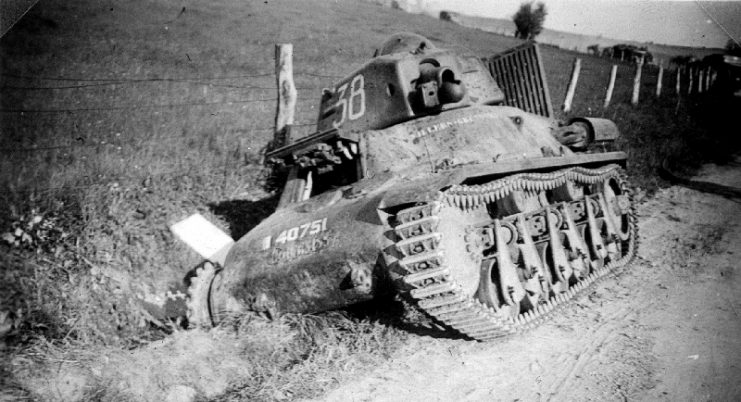
Renault R-35 Light Tank
The most numerous French tank of the inter-war years, the R-35 had the same turret as the H-35 and H-39. Like other French light tanks, it had only a two-man crew and limited range, but its armor was thicker than that of many peers. The commander’s view was so restricted that he would often sit in the open hatch, looking over the top of the tank to aim and provide directions.
As with the Hotchkiss light tanks, many R-35s were captured by the Germans. They were initially sent to fight on the Eastern Front, then used for ammunition transport as they became badly outclassed by later vehicles.
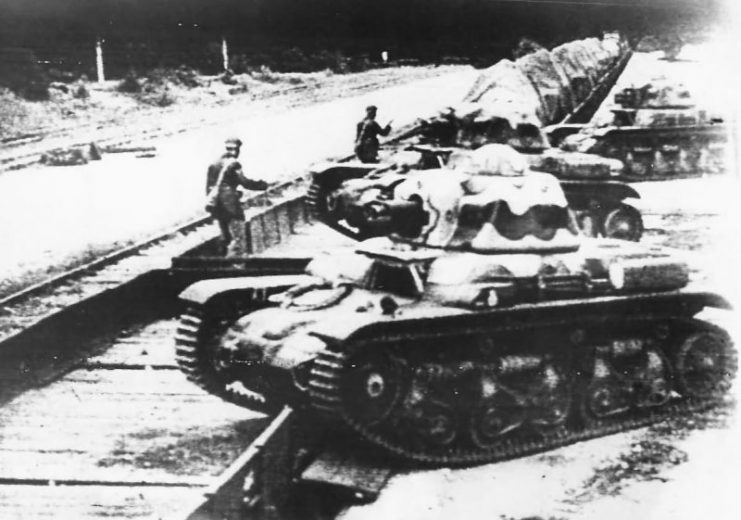
Char B1 bis Heavy Tank
The Char B1 bis had a long developmental history. The design studies that led to it began in 1921, but it didn’t go into production until the 1930s.
By the start of World War Two, the Char B1 bis were believed to be one of the most powerful tanks in the world, carrying a hull-mounted 75mm gun and a 45mm one in the turret. But it was hard to bring the 75mm into action against other tanks and so the B1 bis was a disappointment in action.
This was also an expensive and time-consuming tank to make and maintain.
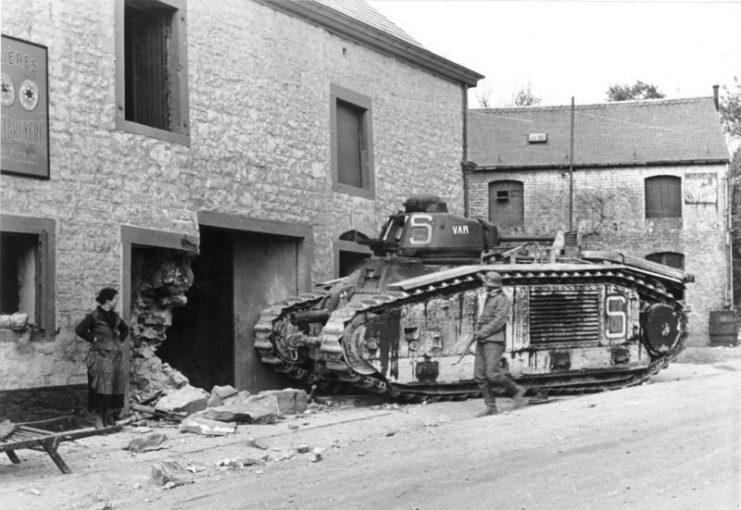
Somua S-35 Medium Tank
With its good armor and mobility, adequate gun, and powerful engine, the S-35 was the standard medium tank of the French army at the start of World War Two. Its biggest drawback was that the commander sat alone in its small turret, isolated from the rest of the crew, his attention divided between firing and giving orders.
The S-35 was the most effective French tank of the war and some were used by the Germans in Russia.
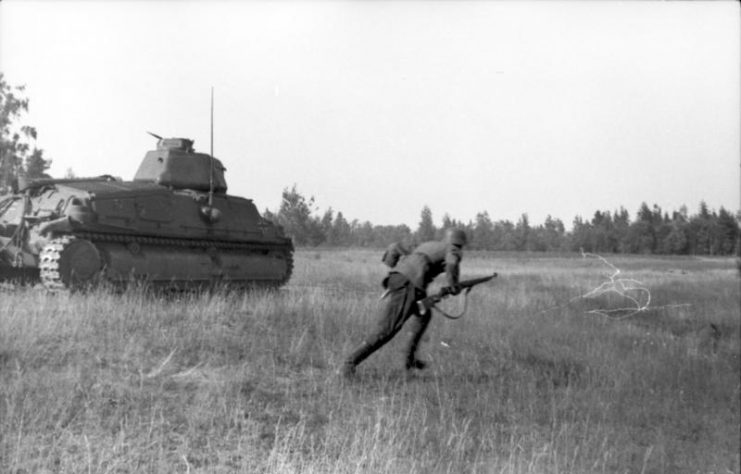
Char D2 Medium Tank
A medium tank with decent armor and a 47mm gun, the D2 entered service just before the Second World War. 100 of them were in the French Army when the Germans invaded.
The D2 was designed for a role previously filled by cavalry, carrying out extended reconnaissance and avoiding pitched battles. The reality of war showed that this was not what tanks were needed for, and designs like the D2 did not survive the war.
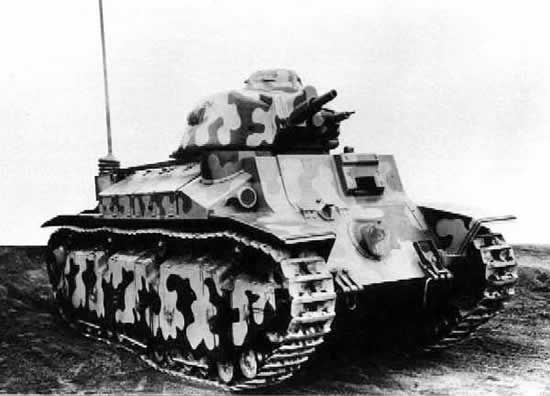
ARL 44 Heavy Tank
Following World War Two, French tank designers returned to a project they had been working on before the war but incorporating lessons learned from six years of fighting. The result was the ARL 44, which had sloped armor inspired by the German Panther and carried a 90mm gun.
The French army originally ordered 300 ARLs, but they weren’t as successful as expected. In the end, only 60 were made.
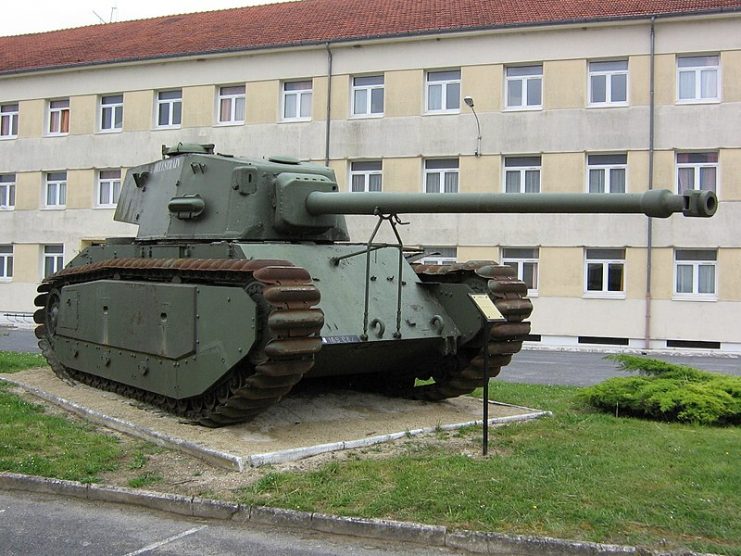
AMX-13 Light Tank
Early in the Cold War, the French Army set out to equip itself with French-made weapons. One of the weapons it commissioned was a light tank with a heavy gun, one that could be transported by air to quickly bring firepower into a combat zone. The result was the AMX-13, produced between 1951 and 1964.
It was unusual in its oscillating turret and self-loading gun, which allowed the tank to fire 12 rounds in quick succession. However, once these twelve were fired, the magazines had to be refilled from the outside, a problematic prospect in battle.
One of the most successful post-war tanks, the AMX-13 has been used by over 25 countries.
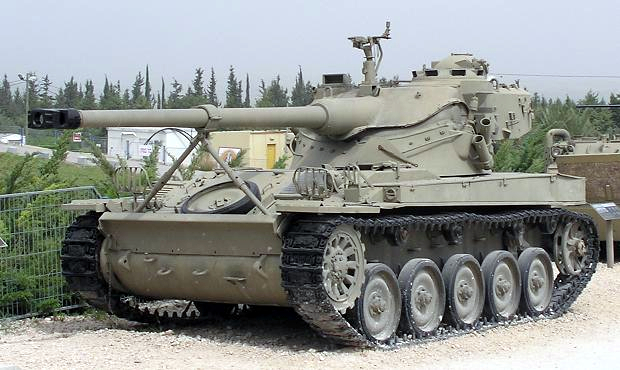
AMX-30 Main Battle Tank
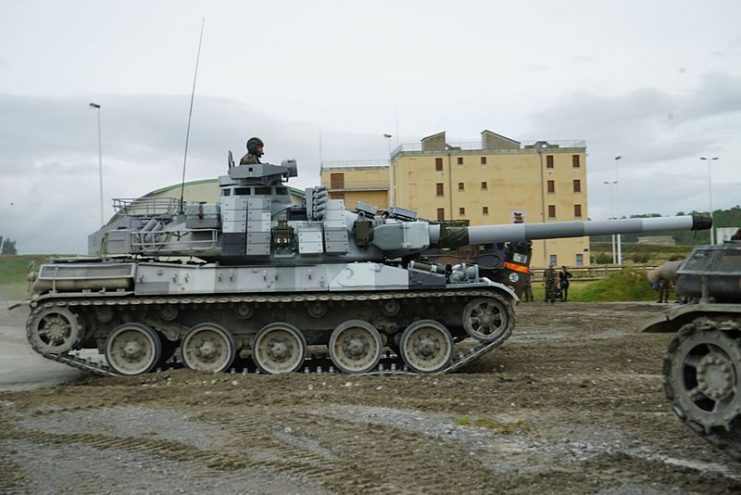
Read another story from us: French Super Tank Char 2C – photos and video
Entering service in 1967, the AMX-30 provided tough cast armor and a heavy weapon in the form of a French-designed 105mm gun. This fired an unusual shell in which the explosive filling was mounted on ball bearings to stop it deteriorating through the spinning of the shell.
